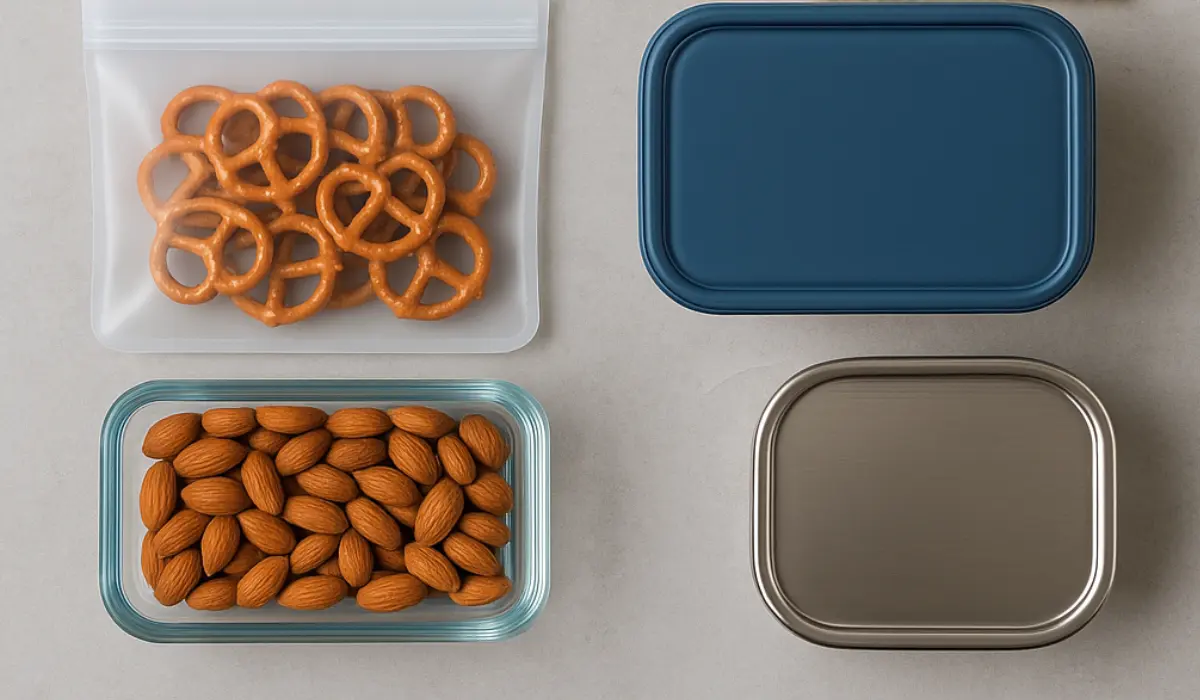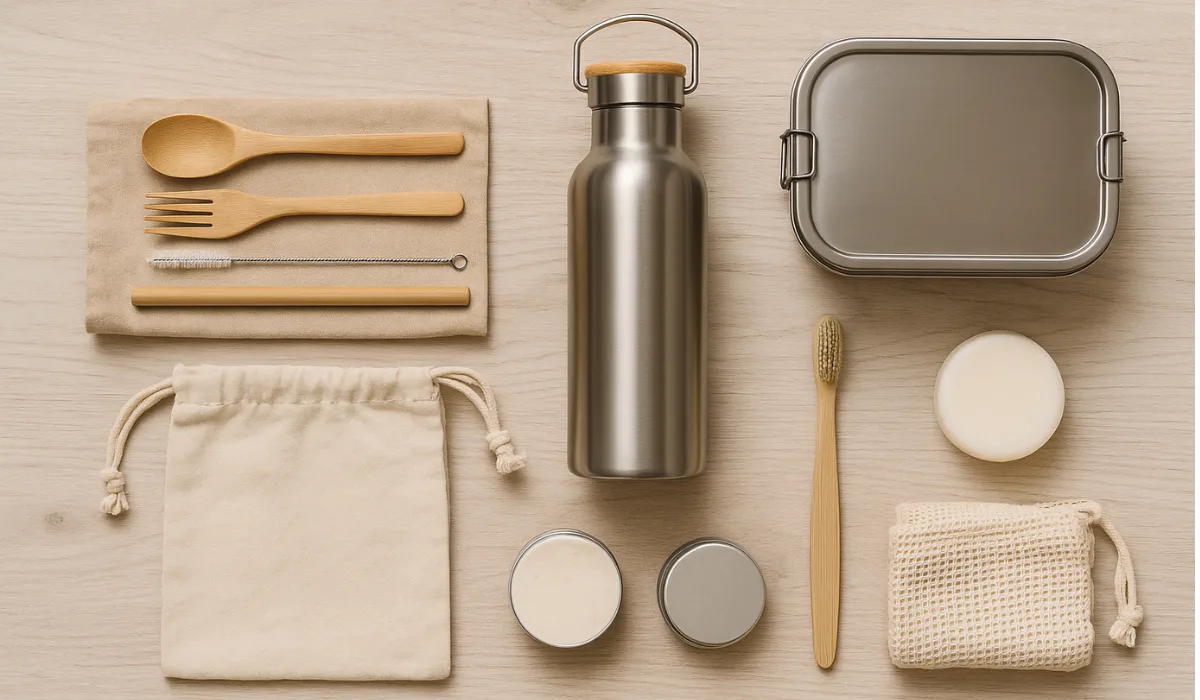Every day, households throw away food scraps and organic matter that could be transformed into nutrient-dense compost, reducing landfill waste and supporting sustainable gardening.
This comprehensive guide breaks down everything you need to know about composting—from setting up your system to maintaining it, whether you live in a city apartment or a rural homestead.
What Is Composting?
Composting is the natural process of recycling organic matter, such as food scraps and yard waste, into a valuable soil amendment known as humus. This dark, crumbly substance is teeming with beneficial microbes and nutrients that enrich soil, enhance plant growth, and help retain moisture.
Instead of letting kitchen waste rot in landfills and emit methane (a potent greenhouse gas), composting returns organic materials to the earth in a productive way.
Why Composting Matters
1. Reduces Landfill Waste
Nearly 30% of what Americans discard is organic garbage. Composting diverts this from landfills, decreasing the need for waste management resources.
2. Fights Climate Change
Composting reduces methane emissions from landfills and sequesters carbon in soil, helping to mitigate global warming.
3. Improves Soil Health
Compost improves soil structure, water retention, and fertility—beneficial for home gardens, farms, and even potted plants.
4. Saves Money
By creating your own soil amendment, you spend less on fertilizers, potting soil, and sometimes even garbage collection.
What You Can (and Can’t) Compost
Compostable Kitchen Scraps (Greens)
-
Fruit and vegetable peels
-
Coffee grounds and filters
-
Tea bags (if plastic-free)
-
Eggshells
-
Fresh grass clippings
-
Leftover rice and pasta (in moderation)
Compostable Yard Waste (Browns)
-
Dry leaves
-
Shredded paper or newspaper
-
Cardboard (non-glossy)
-
Straw and hay
-
Sawdust from untreated wood
Do NOT Compost
-
Meat, fish, or bones
-
Dairy products
-
Oily foods and grease
-
Diseased plants
-
Pet waste
-
Synthetic tea bags or glossy paper
The key to healthy compost is balancing “greens” and “browns.”
Understanding the Green-Brown Ratio
Composting works best with the right mix of carbon-rich “browns” and nitrogen-rich “greens.”
-
Greens provide nitrogen (moist, fresh material like veggie scraps, coffee grounds).
-
Browns provide carbon (dry, fibrous material like leaves, paper).
Ideal Ratio:
Aim for a ratio of 2 to 3 parts browns for every 1 part green. Too much green leads to smelly, wet compost; too much brown slows decomposition.
Types of Composting Systems
Depending on your space, lifestyle, and goals, choose from the following composting methods:
1. Backyard Composting (Hot or Cold)
Best for: Homeowners with outdoor space
Set up a compost pile or bin in your backyard using layers of green and brown materials. Turn regularly to aerate and speed up decomposition.
-
Hot composting breaks down materials quickly (within weeks) with frequent turning and moisture monitoring.
-
Cold composting takes longer (6–12 months) but requires less effort.
2. Vermicomposting (Worm Composting)
Best for: Indoors or small spaces
Uses red wigglers to break down food waste into castings—a supercharged soil amendment.
-
Keep worms in a bin with bedding (shredded paper, coconut coir).
-
Feed weekly with small scraps.
-
Avoid citrus, onions, and spicy foods that irritate worms.
3. Bokashi Composting
Best for: Urban dwellers
This anaerobic system uses special bran inoculated with microbes to ferment food waste, including dairy and meat.
-
Sealed in an airtight bucket.
-
Requires a second step—burying the fermented waste or adding it to another composting system.
4. Tumbler Composting
Best for: Beginners who want speed and convenience
A compost tumbler allows for easy mixing, prevents pests, and accelerates breakdown.
Step-by-Step Guide to Starting Your Compost
Step 1: Choose Your Location
Pick a spot with good drainage and some sunlight. It could be:
-
A backyard corner
-
A patio with a compost tumbler
-
Indoors with a worm bin under the sink
Step 2: Set Up Your Bin or Pile
You can buy a compost bin or build one with wood pallets, wire mesh, or repurposed containers. Ensure good airflow and pest prevention.
Step 3: Start Layering
Begin with browns (e.g., leaves or paper), then add greens (e.g., kitchen scraps), alternating as you go. Chop materials for faster breakdown.
Step 4: Turn and Maintain
Every 1–2 weeks, turn the pile with a compost aerator or pitchfork. Keep it as damp as a wrung-out sponge.
Step 5: Monitor and Harvest
Compost is ready when it’s dark, crumbly, and smells like rich earth—typically within 2 to 6 months, depending on the method.
Troubleshooting Common Composting Problems
| Problem | Likely Cause | Solution |
|---|---|---|
| Bad odor | Too many greens or poor airflow | Add more browns, turn more often |
| Dry pile, not breaking | Too many browns or dry weather | Add water and greens |
| Flies or pests | Exposed food scraps | Bury greens deeper, secure bin |
| Mold or slime | Excess moisture | Add browns and aerate |
Composting in Small Spaces: Yes, It’s Possible
Apartment dwellers or those without outdoor space can still compost effectively:
-
Worm bins are compact and odor-free when maintained correctly.
-
Electric composters like Lomi or Vitamix FoodCycler break down scraps rapidly.
-
Community drop-off sites or municipal green bins are excellent for contributing food waste responsibly.
Using Your Finished Compost
When your compost is mature, it can be used in a variety of ways:
-
Garden Beds: Mix into soil for flowers, vegetables, and herbs.
-
Potted Plants: Blend with potting mix to enhance nutrients.
-
Topdressing Lawns: Sprinkle thinly to nourish the grass.
-
Tree and Shrub Bases: Apply a layer around the root zone.
Avoid using unfinished compost directly on plants, as it may rob soil of nitrogen during continued breakdown.
Composting and the Circular Economy
Composting kitchen waste helps you to close the loop and turn trash into a resource. This is a core principle of the circular economy, where materials are reused and recycled instead of discarded.
Composting also aligns with zero waste goals by reducing landfill dependency and creating a regenerative system that supports local food production and biodiversity.
Final Thoughts: Composting as a Lifestyle Shift
Composting is not just about disposing of waste—it’s about rethinking consumption, connecting with nature, and contributing to a healthier planet. Whether you’re growing a backyard garden or living in a high-rise apartment, composting empowers you to make a real difference.
By turning kitchen scraps into soil, you’re participating in one of nature’s most elegant and efficient systems. With a little practice, patience, and the right setup, anyone can master the art of composting.










